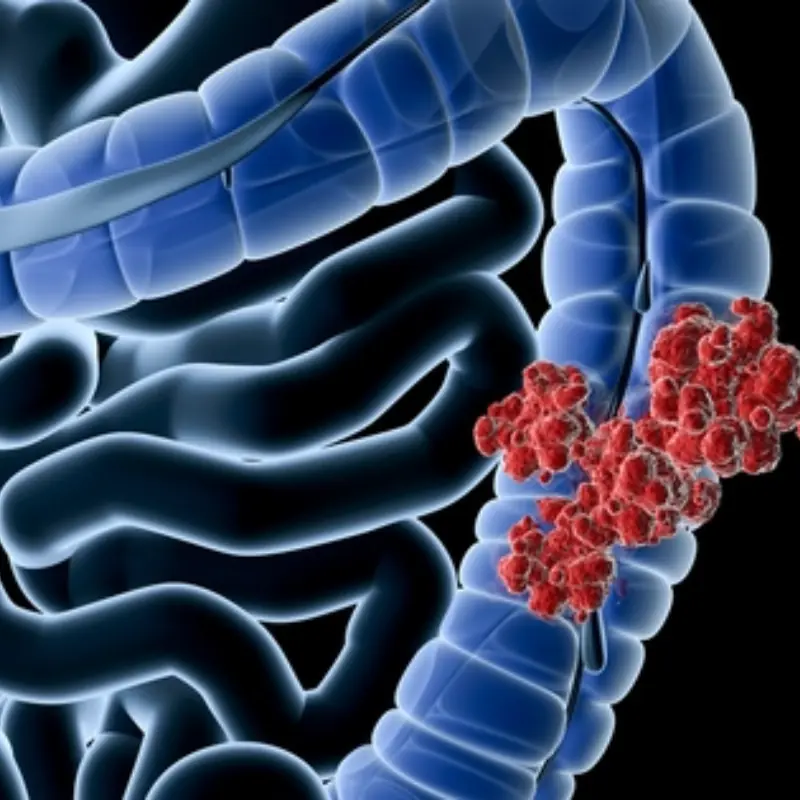
6 types pa.in you shouldn’t ignore

Pa.in is one of the body’s primary warning signals that something is wrong. While some discomforts are minor and temporary, certain types of pain can be early signs of serious health conditions, including chronic diseases or life-threatening illnesses. Ignoring these warning signs can delay diagnosis and treatment, potentially leading to serious complications. Understanding which types of pain require immediate attention is crucial for maintaining your health.
Here, we explore six types of pain that should never be ignored, what they might indicate, and when to seek medical advice.
1. Persistent Chest Pain
Chest pain is often associated with heart-related conditions, which can be life-threatening if not addressed promptly.
What It Might Indicate:
-
Heart Attack (Myocardial Infarction): Severe chest pressure, tightness, or a burning sensation, often accompanied by shortness of breath, sweating, nausea, or pain radiating to the arm, neck, or jaw.
-
Angina: Chest discomfort due to reduced blood flow to the heart. It may occur during physical exertion or emotional stress.
-
Pulmonary Embolism: A blood clot in the lungs can cause sudden chest pain, often sharp and worsening with deep breaths.
What to Do:
-
If chest pain is severe, sudden, or accompanied by other symptoms like dizziness or shortness of breath, call emergency services immediately. Quick treatment can save lives.
2. Sudden, Severe Headache
While headaches are common, sudden and intense headaches could signal serious neurological problems.
What It Might Indicate:
-
Stroke: A sudden, severe headache may occur along with vision changes, numbness, or weakness on one side of the body.
-
Brain Aneurysm: A “thunderclap” headache—intense and abrupt—can indicate a ruptured aneurysm.
-
Meningitis: Headache with stiff neck, fever, and sensitivity to light could signal an infection of the meninges.
What to Do:
-
Seek immediate medical attention for sudden, intense headaches, especially if accompanied by neurological symptoms.
3. Abdominal Pain
Abdominal pain is a frequent complaint, but persistent or severe pain in the abdomen should never be ignored.
What It Might Indicate:
-
Appendicitis: Sharp pain in the lower right abdomen that worsens over time, often with nausea, vomiting, and fever.
-
Gallstones or Gallbladder Issues: Pain in the upper right abdomen, especially after meals.
-
Pancreatitis or Stomach Ulcers: Persistent upper abdominal pain may indicate inflammation of the pancreas or stomach lining.
-
Colon or Ovarian Cancer: Chronic abdominal discomfort or bloating can be an early sign.
What to Do:
-
Persistent, severe, or worsening abdominal pain should prompt a medical evaluation to determine the underlying cause.
4. Pain in the Legs or Joints
Not all leg or joint pain is minor; some could indicate serious internal issues.
What It Might Indicate:
-
Deep Vein Thrombosis (DVT): Swelling, redness, and pain in one leg can indicate a blood clot. DVT can lead to a pulmonary embolism if untreated.
-
Osteoarthritis or Rheumatoid Arthritis: Chronic joint pain with stiffness and swelling may signal joint degeneration or autoimmune disorders.
-
Bone Cancer: Persistent leg or bone pain that doesn’t improve with rest should be evaluated.
What to Do:
-
Seek medical advice if pain is sudden, unilateral, severe, or associated with swelling, as early detection can prevent serious complications.
5. Back Pain
While many people experience occasional back pain, certain types are red flags.
What It Might Indicate:
-
Kidney Stones or Infection: Sharp, localized back pain may signal kidney issues, sometimes accompanied by urinary problems or fever.
-
Spinal Problems: Herniated discs or spinal stenosis can cause radiating pain, numbness, or weakness in the limbs.
-
Cancer: Persistent back pain that does not improve with rest or is worse at night could be an early symptom of cancer in the spine or nearby organs.
What to Do:
-
If back pain is severe, persistent, or associated with neurological symptoms such as weakness, numbness, or loss of bladder control, consult a doctor immediately.
6. Unexplained Pain Anywhere in the Body
Pain that appears without clear cause - especially if it is chronic, worsening, or interfering with daily life - should never be dismissed.
What It Might Indicate:
-
Cancer: Pain can be an early or late symptom depending on tumor location.
-
Autoimmune Disorders: Diseases like lupus or multiple sclerosis can cause joint, muscle, or nerve pain.
-
Infections: Chronic pain can be a sign of underlying infections, including bone infections or systemic infections.
What to Do:
-
Keep a pain diary noting duration, intensity, location, and triggers. Bring this information to a healthcare professional for proper evaluation.
Tips for Monitoring Pain
-
Do not self-diagnose: Pain can have many causes. Always consult a healthcare professional.
-
Track symptoms: Record the onset, frequency, intensity, and any triggers.
-
Combine with other signs: Fatigue, weight loss, fever, swelling, or changes in skin can indicate a more serious condition.
Conclusion
Pain is your body’s early warning system, and certain types of pain can indicate serious health problems, including life-threatening conditions. The six types of pain you should never ignore include:
1. Persistent chest pain
2. Sudden, severe headache
3. Abdominal pain
4. Leg or joint pain that is unusual
5. Persistent back pain
6. Unexplained pain anywhere in the body
Being attentive to these warning signs and seeking prompt medical evaluation can save lives. Never ignore persistent or severe pain, as early detection of serious diseases significantly improves outcomes and quality of life.
How to Prevent the Causes of Serious Pain: Tips for a Healthier Life
While certain types of pain may be associated with serious health conditions, there are several lifestyle changes and preventive measures you can take to reduce your risk and promote overall well-being. Prevention is key when it comes to maintaining a healthy body and minimizing pain. Here are some important strategies to help avoid the underlying causes of severe pain:
1. Maintain a Healthy Heart
Chest pain, often associated with heart issues such as heart attacks or angina, can be prevented by taking care of your cardiovascular health.
Prevention Tips:
-
Exercise regularly: Physical activity helps improve heart health by lowering blood pressure, cholesterol, and reducing the risk of heart disease. Aim for at least 30 minutes of moderate exercise most days of the week.
-
Eat a heart-healthy diet: Focus on a diet rich in fruits, vegetables, whole grains, lean proteins, and healthy fats. Reduce your intake of sodium, sugar, and processed foods.
-
Don’t smoke: Smoking is a major risk factor for heart disease. Quitting smoking can significantly reduce your risk of heart attack and stroke.
-
Monitor your blood pressure and cholesterol levels: Regularly check your blood pressure and cholesterol levels, as high blood pressure and high cholesterol increase the risk of heart disease.
-
Manage stress: Chronic stress can negatively impact your heart health. Practicing relaxation techniques like yoga, meditation, or deep breathing can help reduce stress levels.
2. Address and Manage Headaches Early
Severe headaches and migraines can be debilitating, but lifestyle changes can help prevent their occurrence or reduce their frequency.
Prevention Tips:
-
Identify triggers: Certain foods, lack of sleep, dehydration, or stress can trigger migraines. Keeping a headache diary can help identify triggers and allow you to avoid them.
-
Stay hydrated: Dehydration is a common headache trigger. Drinking enough water throughout the day can help keep headaches at bay.
-
Practice good posture: Poor posture can contribute to tension headaches. Be mindful of your posture when sitting or working at a desk, and take frequent breaks to stretch.
-
Limit screen time: Extended exposure to screens can strain your eyes and cause headaches. Ensure you take regular breaks if you’re working on a computer or using a smartphone.
3. Improve Digestive Health
Unexplained abdominal pain can stem from digestive issues, such as gastritis, gallstones, or irritable bowel syndrome. Taking steps to improve digestive health can reduce the risk of digestive-related pain.
Prevention Tips:
-
Eat a balanced diet: A diet rich in fiber from fruits, vegetables, and whole grains can improve digestion and prevent issues like constipation and bloating.
-
Avoid overeating: Eating large meals can lead to indigestion and bloating. Try eating smaller, more frequent meals throughout the day.
-
Limit fatty and spicy foods: Fatty and spicy foods can irritate the stomach lining and cause indigestion or heartburn.
-
Stay active: Regular physical activity helps keep your digestive system moving and prevents constipation.
-
Manage stress: Stress can contribute to digestive issues like irritable bowel syndrome (IBS). Practice stress management techniques to help reduce the impact on your digestive health.
4. Support Joint and Bone Health
Joint pain and leg pain can be caused by conditions like arthritis or musculoskeletal injuries. Maintaining strong bones and joints through proper care can help reduce the risk of these painful conditions.
Prevention Tips:
-
Exercise regularly: Weight-bearing exercises like walking, running, or strength training can help maintain bone density and improve joint flexibility.
-
Eat bone-healthy foods: A diet rich in calcium, vitamin D, and magnesium is essential for strong bones. Foods like dairy, leafy greens, fish, and fortified cereals can help support bone health.
-
Maintain a healthy weight: Excess weight puts added pressure on your joints, especially in the knees and hips. Achieving and maintaining a healthy weight can prevent excessive stress on your joints.
-
Use proper techniques: If you lift heavy objects or engage in strenuous activity, be mindful of your posture and use the correct techniques to avoid strain on your joints.
5. Practice Good Posture
Back pain is one of the most common complaints among adults, often caused by poor posture or muscle strain. Developing good posture habits can help prevent back pain and spinal issues.
Prevention Tips:
-
Maintain good posture: When standing, keep your shoulders back, and ensure your ears are aligned with your shoulders. When sitting, use a chair that supports your lower back and keep your feet flat on the floor.
-
Strengthen your core: Strong abdominal muscles can help support your back and prevent strain. Incorporate core-strengthening exercises, like planks or bridges, into your routine.
-
Avoid sitting for long periods: If you work at a desk, take breaks every hour to stand, stretch, and walk around to prevent stiffness and tension in your back.
6. Improve Skin Health and Prevent Infections
Skin pain or changes, such as rashes, bumps, or irritation, could signal an underlying infection, and preventive care can help avoid these issues.
Prevention Tips:
-
Practice good hygiene: Regularly washing your hands and body helps prevent bacterial or viral infections that can cause skin irritation or infections.
-
Use sunscreen: Protect your skin from harmful UV rays that can lead to skin damage, premature aging, and skin cancer. Apply broad-spectrum SPF 30+ sunscreen when spending time outdoors.
-
Avoid harsh chemicals: Use gentle, non-irritating skin care products, especially if you have sensitive skin. Avoid harsh scrubs and products with excessive alcohol content.
-
Hydrate your skin: Keep your skin moisturized, particularly in cold or dry weather, to prevent dryness and cracking.
Conclusion
While many types of pain may seem minor at first, taking proactive steps to prevent them can greatly improve your quality of life and reduce the risk of more serious health issues. Regular exercise, a healthy diet, stress management, and proper medical care are key components in preventing chronic pain and maintaining a healthy body.
If you experience persistent or severe pain, it’s important to consult a healthcare professional for an accurate diagnosis and appropriate treatment. Prevention is the best form of defense, and with the right habits, you can enjoy a pain-free life for many years to come.
News in the same category


Heart Surgeon Reveals: Eating Eggs Every Day May Help You Live Longer

The Surprising Benefits of Eating Boiled Sweet Potatoes for Breakfast: How Your Body Can Change Over Time

29-year-old girl hospitalized for bleeding duodenal ulcer: Doctor warns of 2 harmful habits

5 groups of people advised not to consume bread
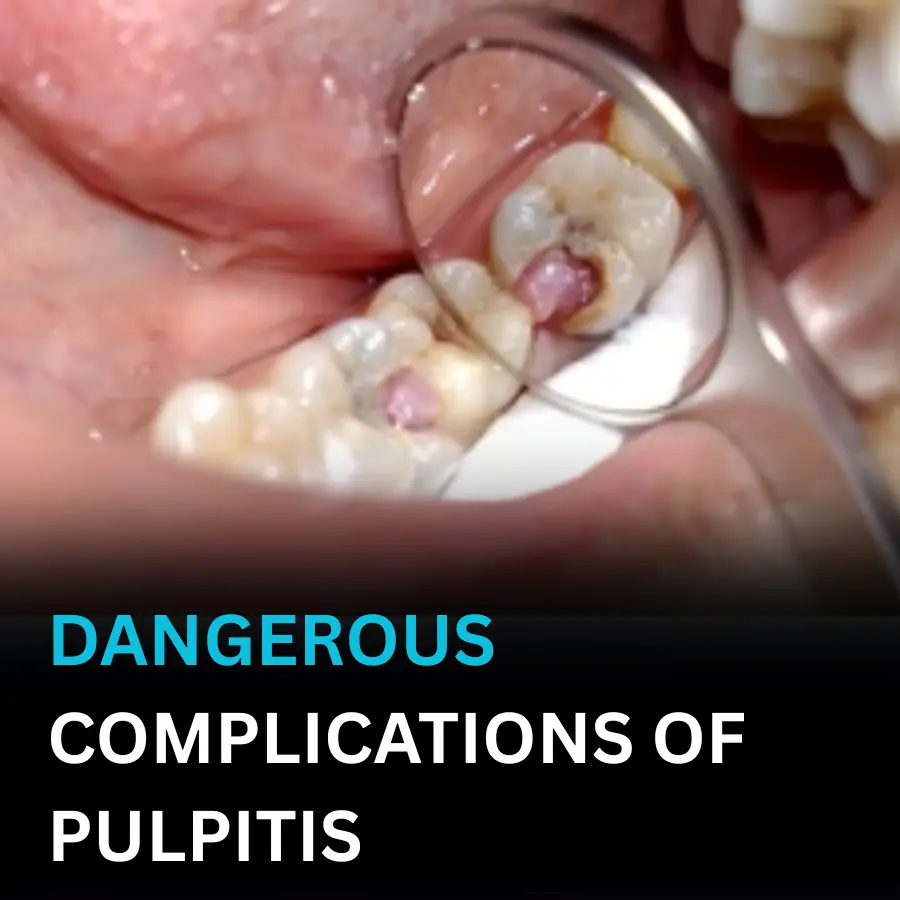
DANGEROUS COMPLICATIONS OF PULPITIS

Butter Steak Bites with Mashed Potatoes & Glazed Carrots – A Comfort Plate With Serious Flavor
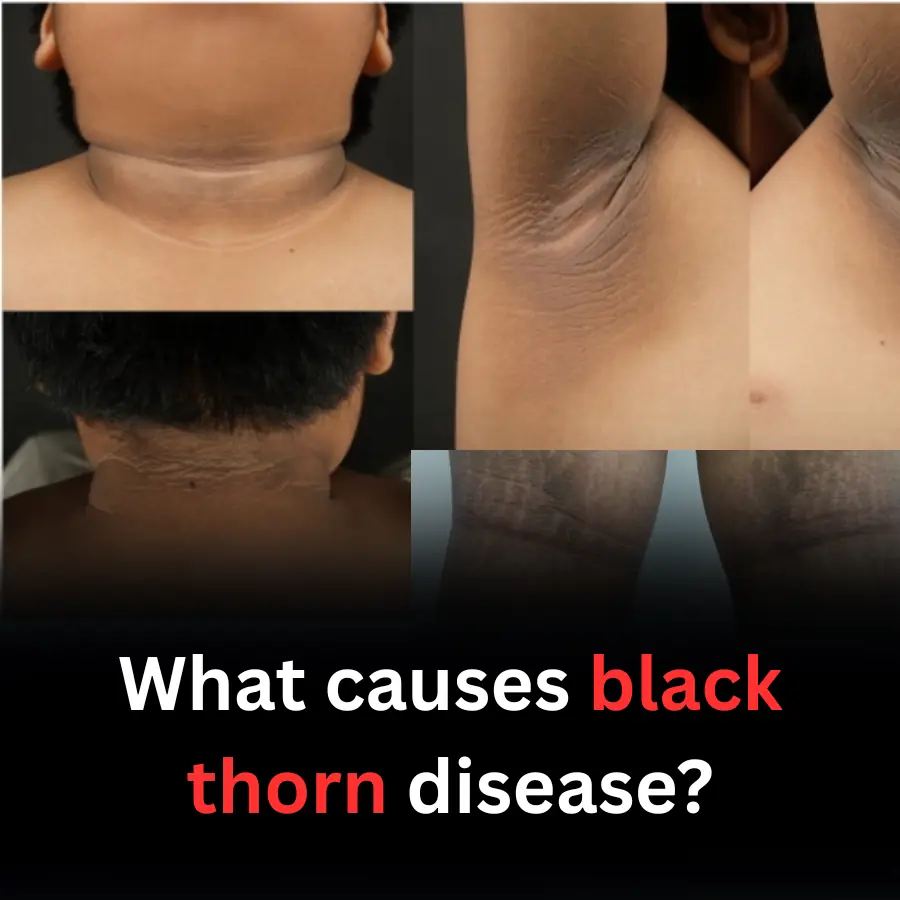
What causes black thorn disease?
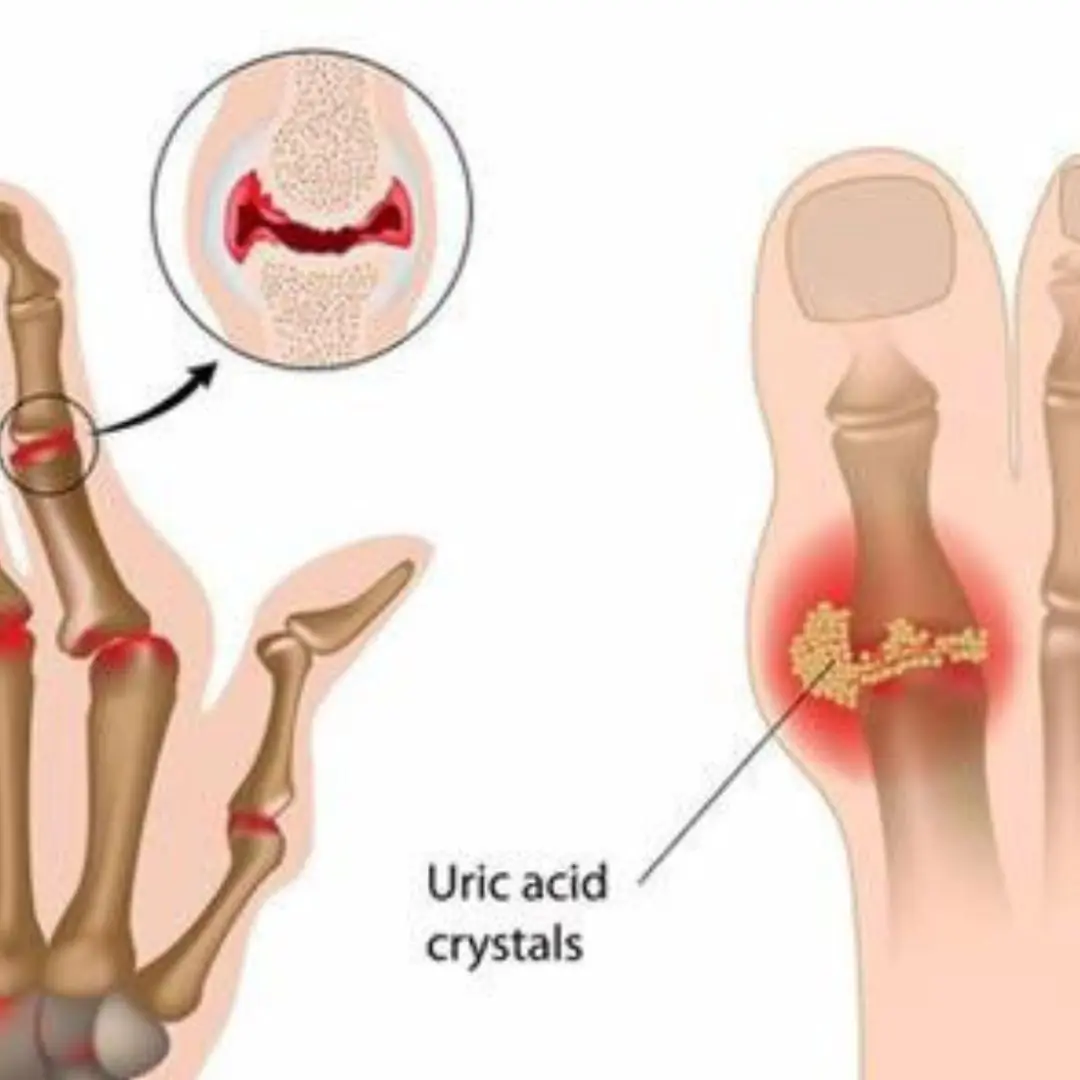
The #1 Drink to Reverse High Uric Acid and Gout — Backed by Science

If You Wake Up With These 4 Morning Symptoms, Sorry — Your Kid.neys May Be in Trouble

Drinking Coffee at the Wrong Time May Harm Your Heart:
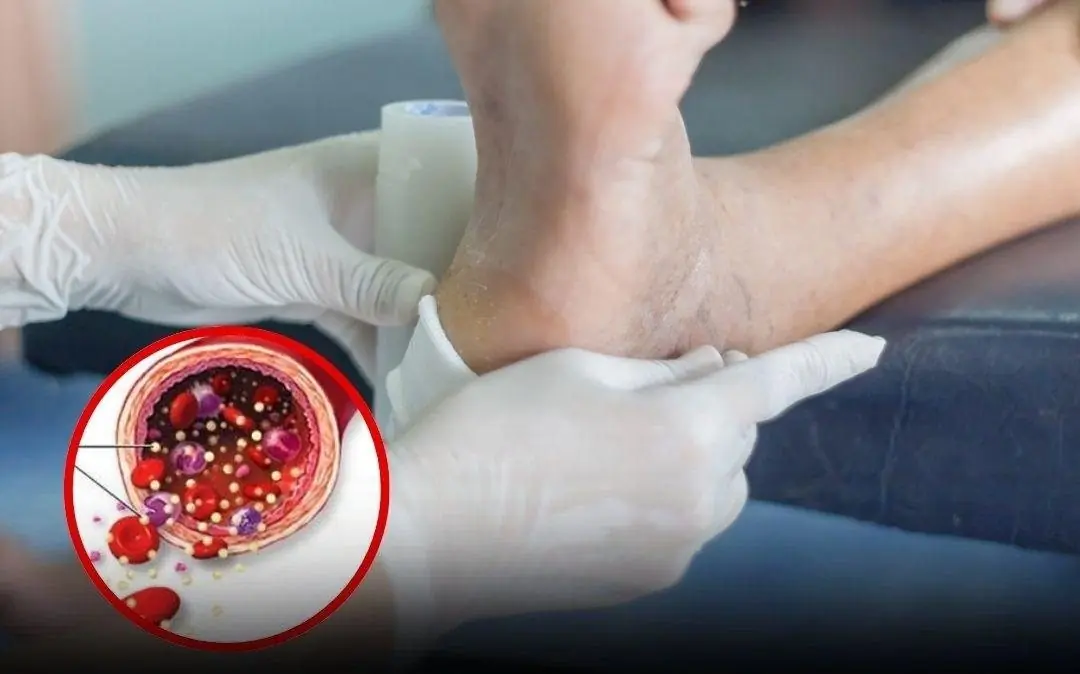
Your feet can reveal important warning signs about circulation and nerve health

Are kidney cysts really benign? Experts warn of signs that should never be ignored
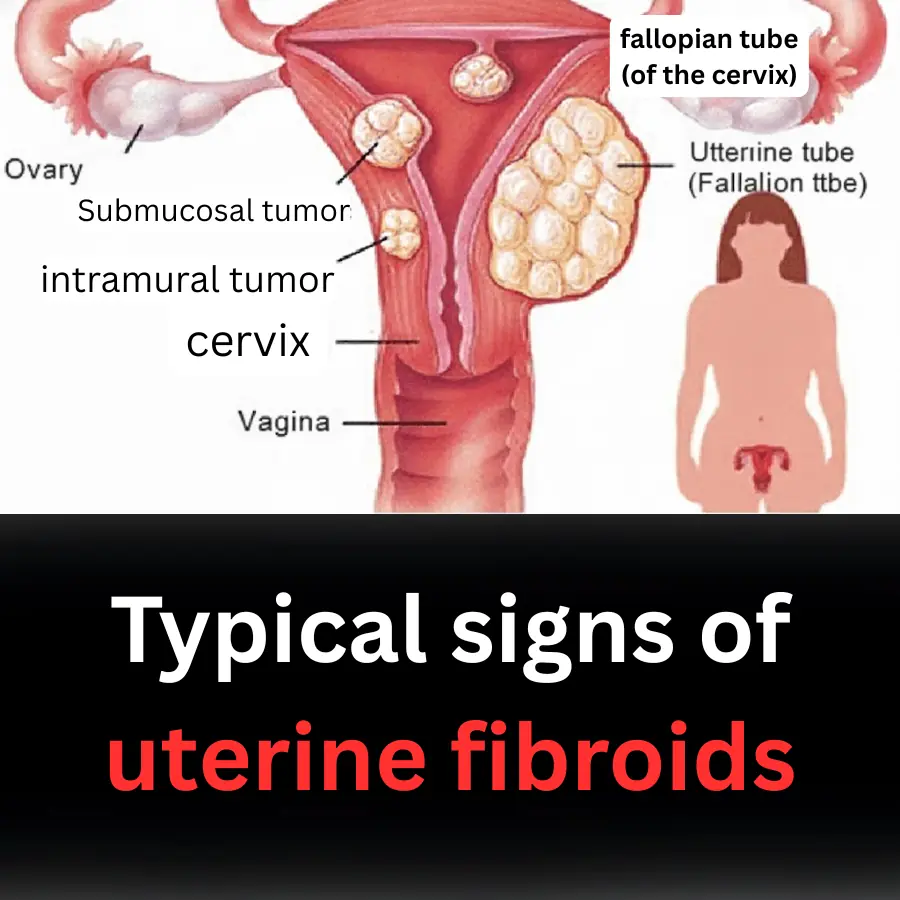
Typical signs of uterine fibroids

The More You Eat This Vegetable, the Cleaner Your Arteries Become: A Stroke-Prevention Secret Many People Overlook!

Age Spots and Selenium: How This Powerful Mineral Can Help Fight Sun Damage Naturally

A 12-year-old boy loses 12 teeth at once due to a common habit among children

Warning: A Common Daily Habit May Be “Inviting” Liver Can.cer — Many People Know It, Yet Still Do It
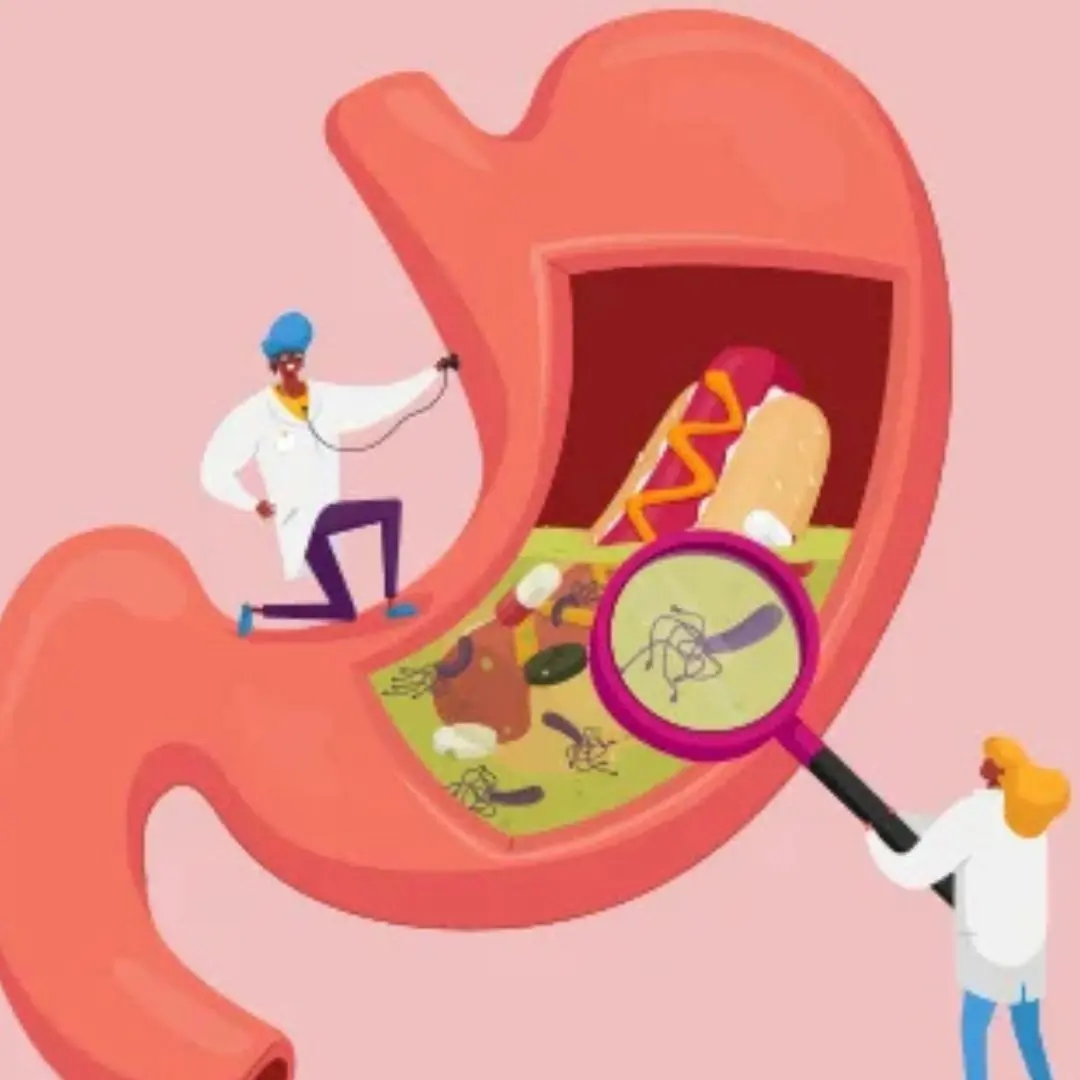
6 foods that clean the intestines naturally when eaten on an empty stomach
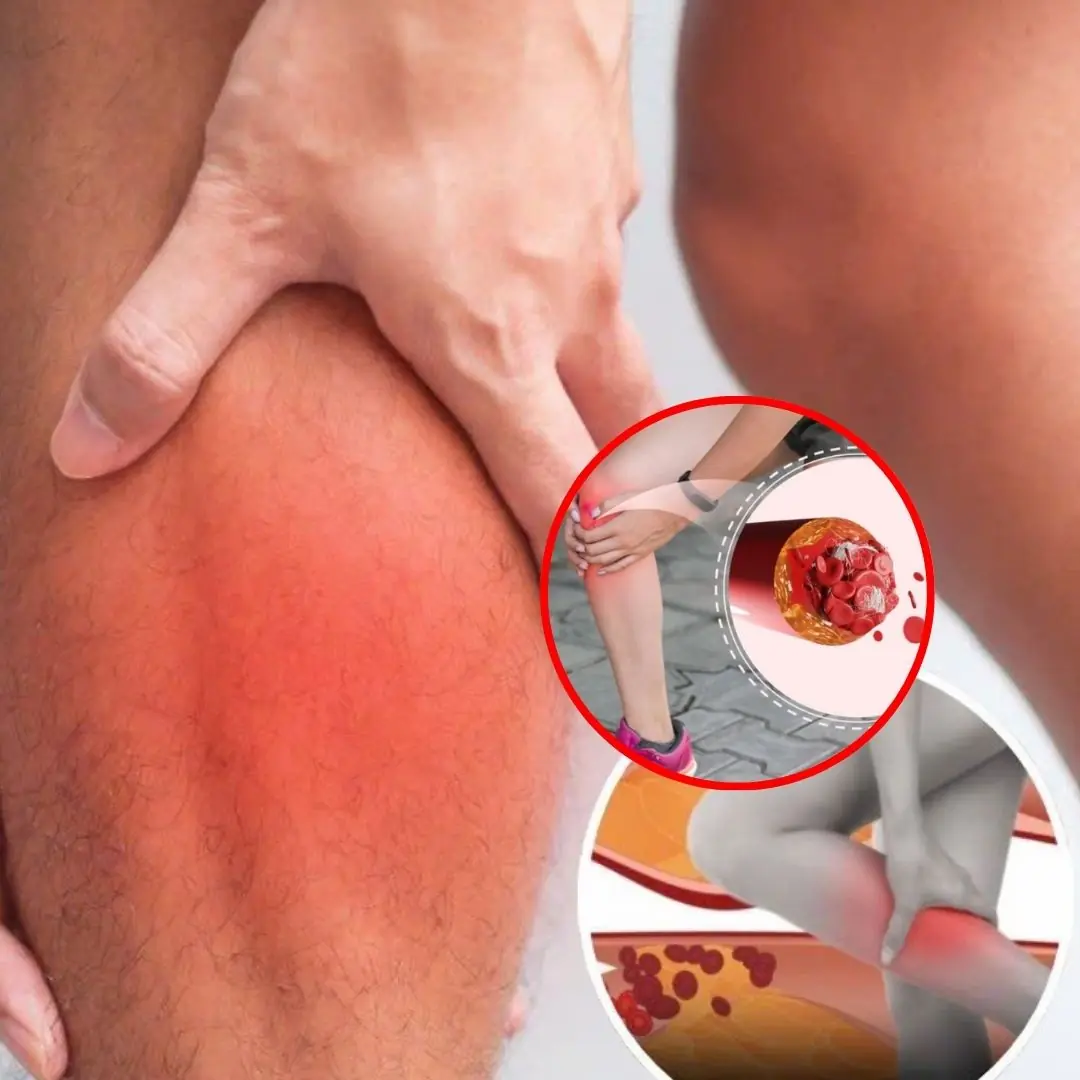
Poucas pessoas reconhecem os sinais de alerta de problemas de circulação que podem surgir nos pés e nas pernas durante a noite
News Post

To Prevent Colon Can.cer, This Is the First Thing You Need to Do

Shrimp & Pork Ball Bowl with Shimeji Mushrooms

Heart Surgeon Reveals: Eating Eggs Every Day May Help You Live Longer

The Surprising Benefits of Eating Boiled Sweet Potatoes for Breakfast: How Your Body Can Change Over Time

29-year-old girl hospitalized for bleeding duodenal ulcer: Doctor warns of 2 harmful habits

Hair loss: Doctor points out 3 mistakes when washing and drying hair and 4 ways to fix them

The truth about hotel mirrors, check now to ensure safety

To clean pig intestines, you only need to use one cheap thing, clean quickly, and have no fishy smell

5 groups of people advised not to consume bread

Reasons why you shouldn't open your bedroom door at night

DANGEROUS COMPLICATIONS OF PULPITIS

Butter Steak Bites with Mashed Potatoes & Glazed Carrots – A Comfort Plate With Serious Flavor

What causes black thorn disease?

Baked Sweet Potatoes with Garlic Butter.

The #1 Drink to Reverse High Uric Acid and Gout — Backed by Science

If You Wake Up With These 4 Morning Symptoms, Sorry — Your Kid.neys May Be in Trouble

Drinking Coffee at the Wrong Time May Harm Your Heart:

Cardiologist reveals 3 drinks that help control blo.od pressure

A single ingredient to combat bone pain, diabetes, anxiety, depression, and constipation
